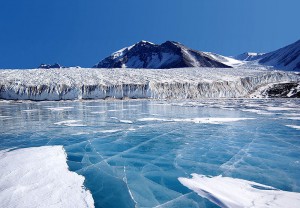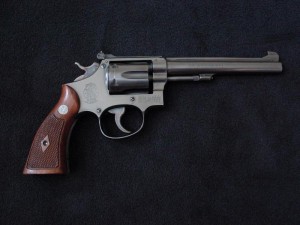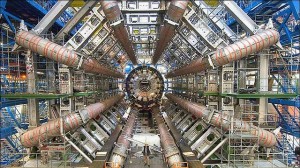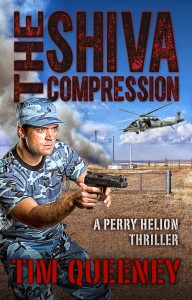 Which continent is the harshest, the most difficult on which to survive? Well, there’s one we can definitely strike off the list right away. Unless you’re allergic to whipped cream or cabernet sauvignon, Europe is probably not the roughest place on the planet.
Which continent is the harshest, the most difficult on which to survive? Well, there’s one we can definitely strike off the list right away. Unless you’re allergic to whipped cream or cabernet sauvignon, Europe is probably not the roughest place on the planet.
The other continents, however, could all vie for the title: Africa has the Sahara, ‘nuf said. Asia sports the “roof of the world.” The Himalayas will kill you just as soon as spin a prayer wheel. Then there’s the Amazon River of South America. How about freshwater crocodiles, called caiman, 17 feet long? Maybe practice your backstroke another time. And then there’s North America with its tornados, hurricanes, blizzards and fast food heart attacks — all potentially deadly.
Finally Australia. It’s like a whirlpool: somewhat safe around the outside edge, but get sucked into the middle and you’re a goner. Except instead of drowning, you get every last molecule of water baked out of your body. (At least you’d lose weight.)
So, all these continents can make a claim. But ultimately, only one continent can wear the crown: Antarctica — the highest, coldest, windiest badass in continentville. Higher on average than Asia, even with its “roof of the world” gig. Windier than fabled Chicago by the lake or Patagonia with its katabatic winds plunging into steep fjords. And cold, well, Anarctica is a freakin’ 5.8 million-square-mile slab of solid water — the ice is almost three miles thick in places. And even the expanses of the Sahara have some foliage. Not in Anty. A continent twice the size of Australia with not one leafy plant (lichen tries hard, but c’mon). Worst of all, when the sun sets in March, the cold continent staggers through in six months of darkness (alright, glaciers don’t really stagger). With the dark comes the UFC version of Jack Frost. The coldest temp ever recorded on Earth was -128° F at Vostok Station by some shivering Russians who spent the winter longing for balmy Siberia.
This deadly land is the setting for my next thriller, The Atlas Fracture. My protagonist (hell, that sounds vaguely medical and invasive, let’s just say the hero) Perry Helion must deal with not only the cold and the wind, but some twisted bad guys (I know, the best kind) eager to radically change the Earth’s climate with a single insane act.
In Antarctica no one can hear you scream — because only a handful of dedicated scientists would ever consider living there and they’re not venturing out of their huts to investigate a scream or two. “It was probably just the wind,” they say as they relight their pipes.
How about you, would you live in Antarctica for the six-month Antarctic summer? How about the Antarctic winter?
World map by Strebe, Antarctica image by NSF





